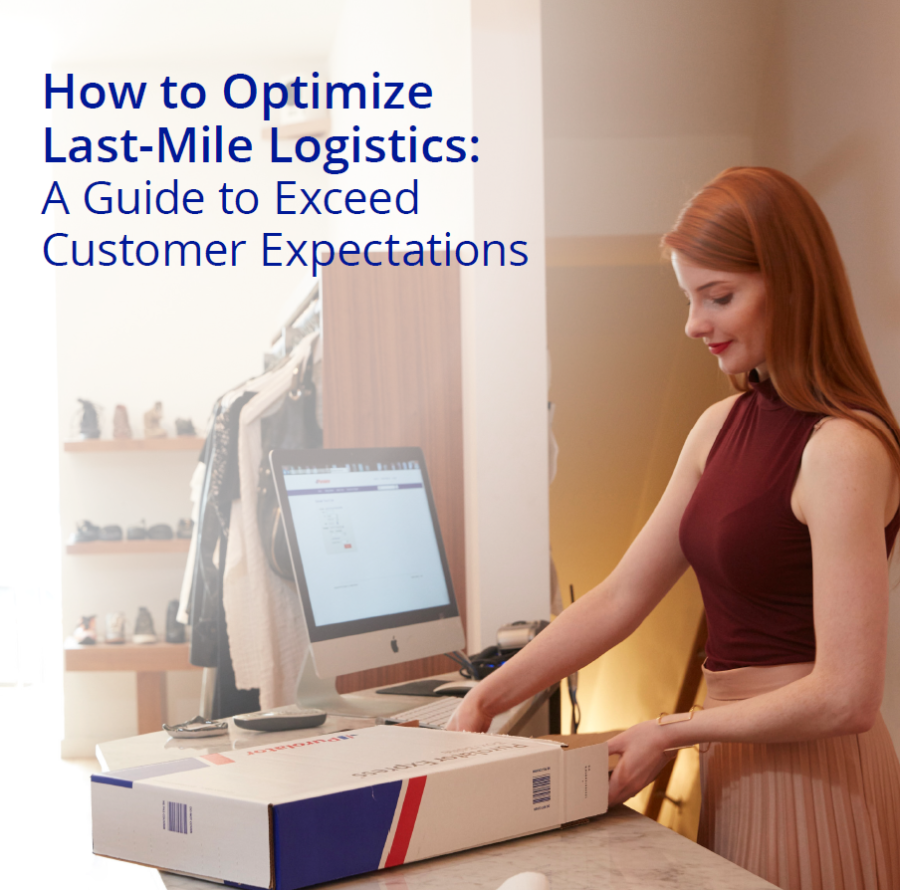With a sharp rise in e-commerce purchases, consumers expect a similar level of convenience from the retailers they’re used to visiting in person. Now, the last mile of delivery is seen as the “make or break” part of a transaction. No matter how much time, money or manpower a business invests into its customer experience, the experience can be ruined if they fail to meet their expectations during last-mile delivery.
Last-mile logistics is often the most complex and expensive part of the delivery process. Pair that with the exceptionally high customer expectations for same-day or next-day shipping, and you can start to see the challenges retailers have to overcome. The pressure is high to cut costs, improve transparency and speed up delivery to stand out against e-commerce giants.
Over the years, last-mile carrier options have drastically improved. But some businesses still struggle to provide a streamlined delivery experience.
What is last-mile delivery?
The last mile is simply the final step in the transportation of goods – from the warehouse or retailer, to the delivery carrier, and finally to the collection point or customer’s home.
What are the challenges of the last mile?
Cost and complexity are the main challenges of the last mile. The last mile can involve many moving parts: from warehouse storage, to moving goods from pallets to trucks, to businesses and retailers, to distributing packages to many different customer locations. The participants need to get extremely effective at determining the most direct and quick route. This is last-mile optimization.
To help businesses navigate this crucial step in the buying process, we’ll address some of the most common last-mile challenges and how a last-mile carrier can help to provide last-mile optimization.
How to win customers with your last-mile logistics
- Meet increased e-commerce demand in urban centres
- Deliver a personalized experience
- Overcome even the most unexpected logistical issues

